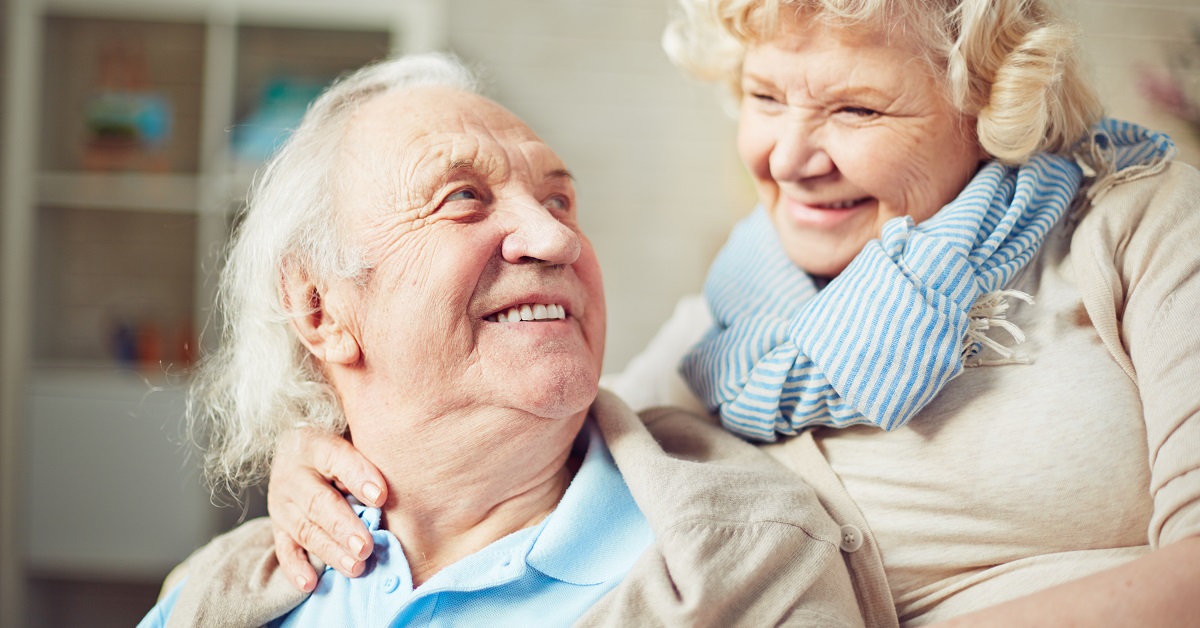According to the Center for Retirement Research at Boston College, using data from the federal Health and Retirement Study (HRS):
- 17% of 65-year-olds will need no long-term care;
- 22% will have minimal needs;
- 38% can expect moderate needs;
- 23% will develop severe needs, requiring many hours of help for more than three years; and
- 36% of people in their late 60s could not cover a year of minimal care without exhausting their resources; only 22% could cover severe needs.
 The study results from a recent report titled, “What Resources Do Retirees Have For Long-Term Services and Support?,” show that about one-third of retirees do not have the resources for even minimal care and only one-fifth can afford severe care.
The study results from a recent report titled, “What Resources Do Retirees Have For Long-Term Services and Support?,” show that about one-third of retirees do not have the resources for even minimal care and only one-fifth can afford severe care.
The results show that roughly one-fifth of 65-year olds will die without ever requiring LTSS and about one-quarter will have severe needs (see white and red shading in Table 1). In between these two extremes, 22 percent will experience minimal needs (gray shading) and 38 percent will experience moderate needs (pink shading).
Households can provide for these care needs in two ways (see Figure 1). The more common way is unpaid informal care provided by family members. The less common way is paid formal care, financed either out-of-pocket or through long-term-care insurance or Medicaid. As shown in Figure 1, the bulk of long-term care comes from family members
In Figure 2, informal family care is the major source of care for respondents of all intensities, and as expected, those with higher LTSS needs receive a greater share of hours through paid care.
.
Other Articles You Might Enjoy
Improving Outcomes Between Home Care and Medicare Advantage Plans
Home care services have emerged as a critical strategy for improving health outcomes, reducing hospital readmissions, addressing both clinical and non-clinical needs, and improved patient satisfaction among Medicare Advantage beneficiaries.
Average 30-Day Readmission Rates by Medical Conditions
We provide critical readmission data about average readmission rates, condition-specific readmission rates, and hospitals with high and low readmission rates.
Hospital-at-Home Readmissions: Which Medical Conditions Created the Highest and Lowest Readmissions?
CMS’s report on the Acute Hospital Care at Home (AHCAH) initiative highlighted the highest and lowest readmission rates by medical conditions.






